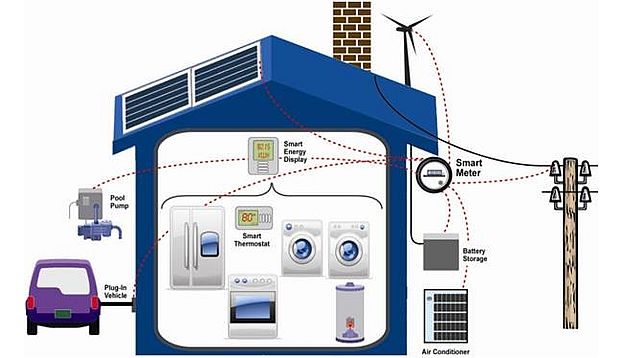It’s the holiday season, and that means gift giving of all sorts, whether you’re providing someone with a fruitcake or going all out with the ugliest of Christmas sweaters. Of course, a lot of gifts this year are beyond that, going on the technical front and offering online accessibility, whether it’s a Wi-Fi connection with a coffee maker or activating a smart watch for the first time.
Fast Company is reporting that this holiday season is set to be the biggest one for Internet of Things-related devices going online. A number of smartphones, tablets, game consoles and other online-enabled devices are being given out, most of them with always-on monitoring services or some access to Wi-Fi/Internet connectivity. Now it’s just a matter of how consumers react to this growing trend.
“These devices always seem to take a leap around this time of year,” said John Fetto, a senior research and marketing analyst for Experian Marketing Services. Their research shows that consumers have been looking heavily at IoT-enabled devices, from DropCams to wearable tech from FitBit to Nike Fuelbands. The company believes that the trend will continue moving forward, with 2020 being the year that 25 billion devices will show some form of connectivity.
However, with that, some consumers are concerned with the security of said devices. “The data that’s being collected on you, it makes you the product,” said Chris Rouland, founder and CEO of security company Bastille Networks.
This year’s gift giving will tell companies what’s popular in the IoT-connecting front, but that isn’t stopping some retailers from giving them a push already. Best Buy already has a department devoted to this technology, and Home Depot, Lowes and Staples have their own products in place as well, complete with Internet support. Small tech startups are also piling up, particularly with the likes of Samsung and Apple, which are set to launch new products over the next year.
Most consumers forget about privacy issues with items like these, mainly due to the theme of the holidays. “A lot of companies are trying to get into this business and consumers need to really pay attention to the companies they’re using,” said Michael Kaiser, executive director of the National Cyber Security Alliance. “Startups may be rushing things to market faster than larger companies or may not be as concerned about security, so consumers need to know it may be a little bit of the Wild West out there.”
Adding to that, Rouland said, “People need to be wary about what they’re giving up. If I’m a consumer who purchased this product, I certainly wouldn’t think Jawbone could publish a report about what time I woke up.” He referred to the company’s products affecting users’ sleep patterns following a small earthquake over the summer in California.
“By and large consumers understand that they’re willing to sacrifice a little bit of information and privacy for convenience, but they need to feel that they’re actually getting the value for that transaction,” said David Chivers, a retail expert and consultant. With that, he pointed out that 69 percent of consumers intended to buy an in-home connected device sometime over the next five years.
Meanwhile, Donna Hoffman, a marketing professor for George Washington University, had this to say. “People are going to take these devices home and they’re not going to work as advertised, and then there’s going to be a lot of dissatisfaction. The challenge for the industry is going to be how to manage consumer expectations, because I think they’re not prepared for the onslaught.
“At Christmas, there may be some enthusiasm and a lot of people buying these products, but come return time in the New Year, we’ll have another data point to see how well this is actually going.”
We’ll just have to see how things unfold over the holidays…

